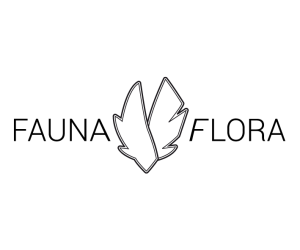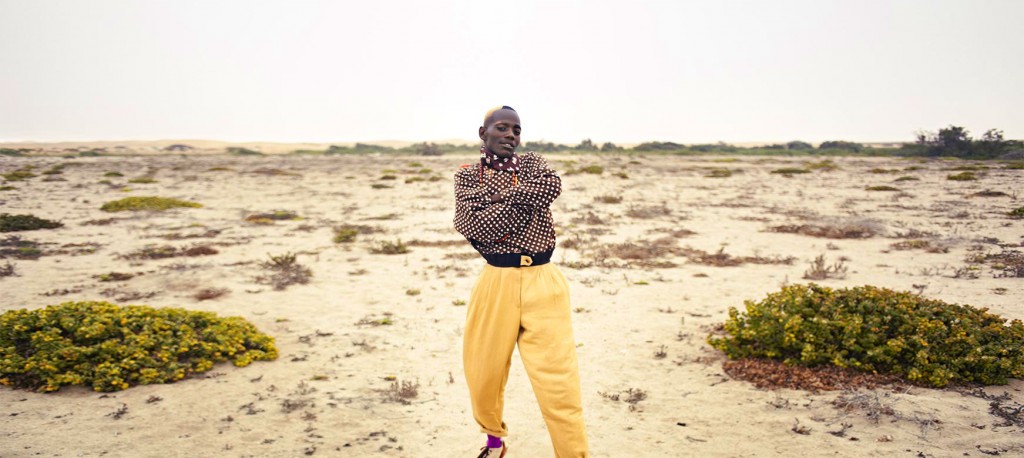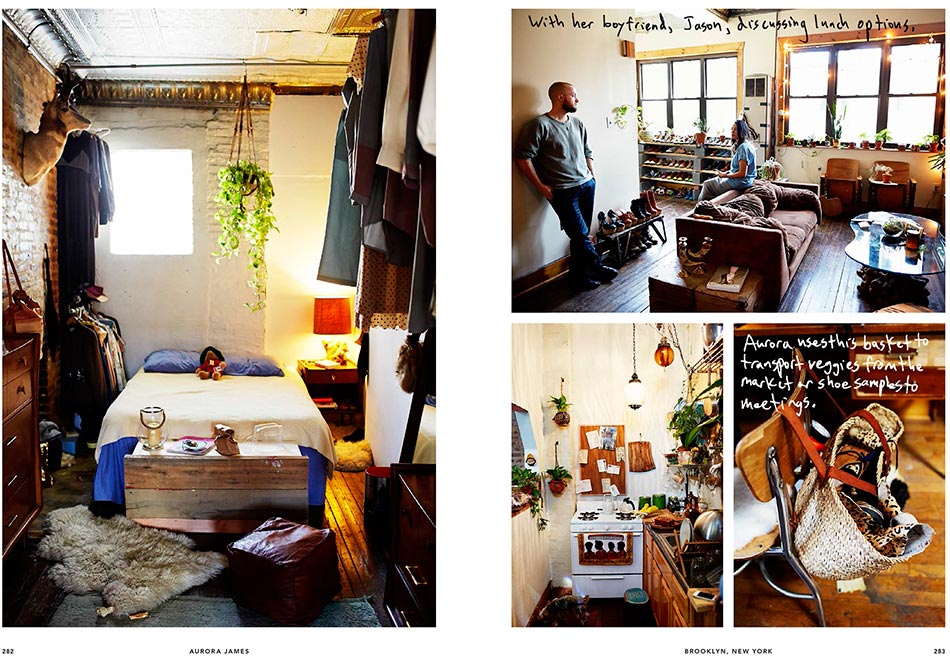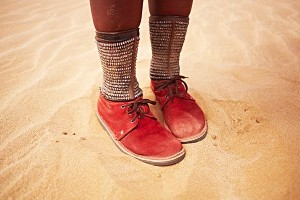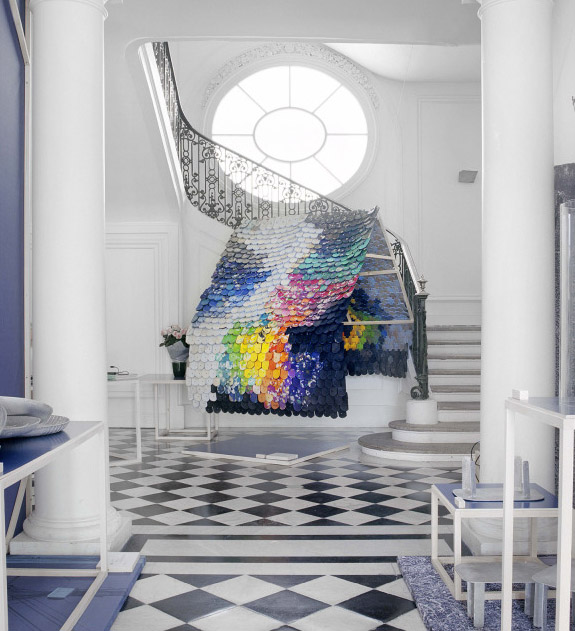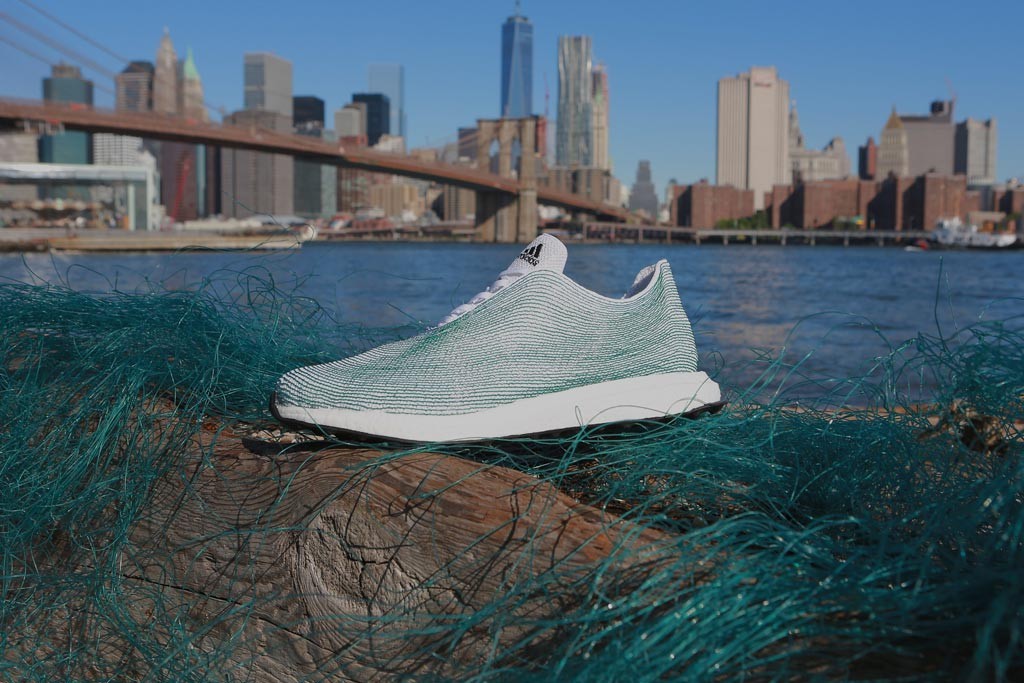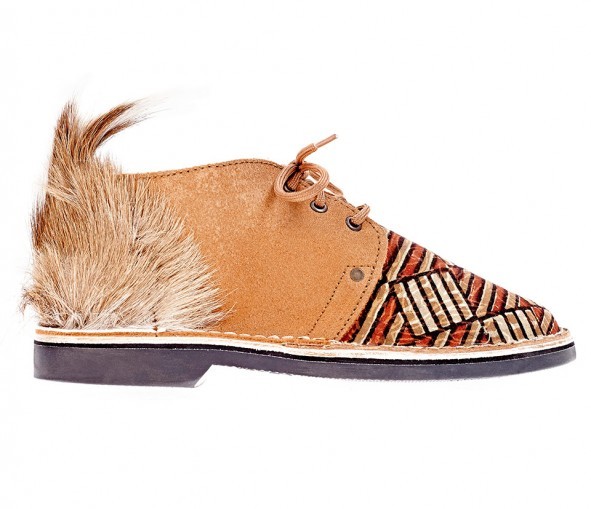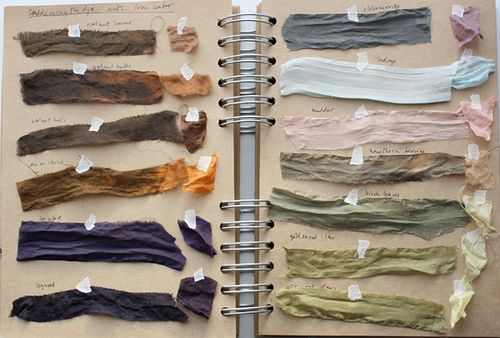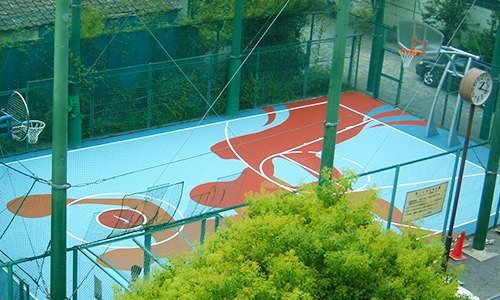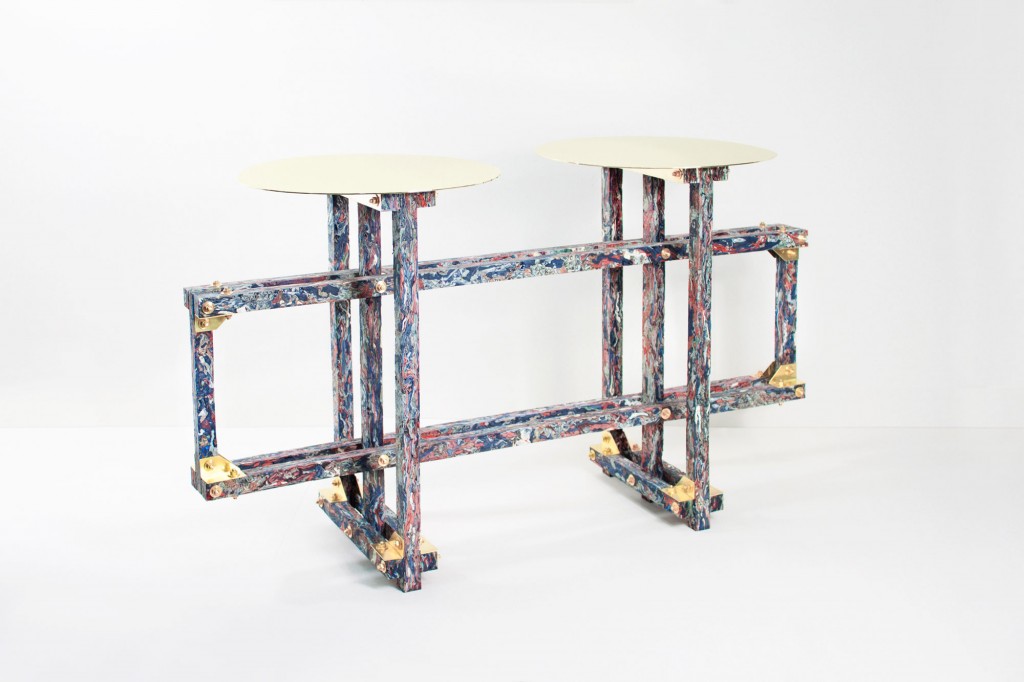Aurora James and her footwear brand Brother Vellies have won ex-aequo with two other finalists the award of CFDA/Vogue Fashion Fund.
Brother Vellies is a footwear brand whith a purpose of creating jobs in Africa and sharing the creator’s culture, like the famous Vellies, the Desert boot ancester.
Almost all is made in Africa within a great global concept of durability. In addition to the countries’ revitalization where she choose to produce, Aurora James wants to reduce the products ecological footprint.
Materials, other than leather, are mainly from a recycled origin. The brass for metallic pieces comes from melted recycled elements, denim is second-handed, or from industrial cloth wastes, outsoles are made from recycled tires. The recycling is made on-site, near the workshops and can sensitize the african population to the meaning of a closed circle of production.
Will african countries avoid the western mistakes? Local people learn together, share and integrate those habits to their town activities, thanks to some other initiatives like Hors Pistes in France (roof made with flip-flop soles, tires recycling, craftsmanship added value) .
What if the use of recycled materials could repair problems? It can if you look at the project of Adidas with Parley for the Oceans, which clean up a part of the plastic wastes in the ocean and attack illegal fishing. The plastic is melted to be spinned or poored in outsole moulds and then there is a sneaker coming out of the water!
Now let’s talk about the afterlife of shoes. At Brother Vellies’ they take actions for longer lasting shoes, outsoles you can renew instead of throwing them away. There are too many shoes thrown away in the world today (350 millions of shoes are thrown away in the USA each year) and most of them are in “vegan leather” of faux-leather, meaning clearly plastics, let’s mean it. Brother Vellies then decides to work with qualitative leather, only coming from the meat industry and monitor closely the farmers and craftsmen.
At this point I could point my finger at the ecological disaster that is catle breeding, and mainly cow related. But this would be a specific article, and by the way I am watching The CowSpiracy tonight, I will definitely know more!
What Brother Vellies wants to put forward, as many brands right now, is the biodegradable properties of leather when (and only when) it is tanned with plants. Tanning is mandatory to make skins rot-proof with either plant barks which contains tannins and need several weeks to operate, or with a chemical recipe of minerals, acids, etc… which lasts a couple of days. So yes, at Brother Vellies they use vegetable tanning and even vegetable dying for leather and fabrics, so the upper materials are biodegradable.
But then, the whole shoe would need to be biodegradable to compost (there is still the rubber of sandals outsoles,…). That’s the novelty of the dutch sneakers brand OATS, which not only promises you it will decompose over 90% if you bury it into the ground but also flowers will grow thank to your shoe ( and the little seeds they capture in the sneaker’s tongue 😉 )
So why not stay in a closed circle, where leather and rubber could be recycled, could have another body?
We could send the outsoles back like in the Nike Reuse-a-shoe program , where the recovered shoes produced the Nike Grind, a material used for flooring, for playgrounds and sports fields. 1,5 million pairs are recycled thanks to this initiative.
Well okay my idea cannot work for now because Nike is only treating with sport shoes, but we’re almost there!
Otherwise, the leather should have a new youth. Recycled into furniture material, a material which looks like marbled book covering, Terrazzo,… very trendy! It is the designer Jorge Penades’s work, and he even imagines his material could be used for….. Shoe outsoles! The laces loop would be closed!
Conclusion : Brother Vellies is good, is beautiful, but the leather impact is important, so at least renew the oustoles, repair them, donate them, or recycle them in the good places!
See you soon!
Coline
